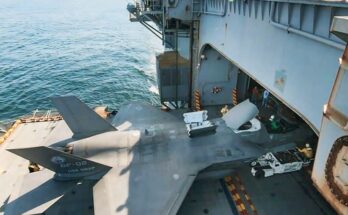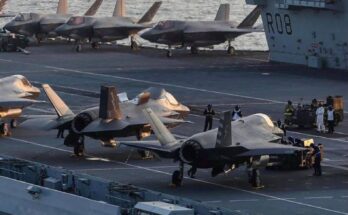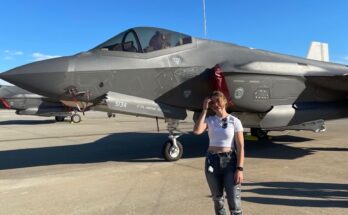
The Lockheed Martin F-22 Raptor is widely regarded as one of the most advanced fighter aircraft ever built. Designed primarily as an air superiority fighter, it combines stealth, speed, agility, and situational awareness in ways that set it apart from earlier generations of combat aircraft. Developed for the United States Air Force, the Raptor remains a benchmark for fifth-generation fighter design and continues to influence the development of modern military aviation.
The origins of the F-22 can be traced back to the 1980s, when the U.S. sought a replacement for the aging F-15 Eagle. The Cold War era demanded a fighter capable of outperforming advanced Soviet aircraft while also being able to evade sophisticated radar and missile systems. Lockheed Martin, in partnership with Boeing, won the Advanced Tactical Fighter competition, and the first prototype of what became the F-22 flew in 1990. After years of testing and refinement, the aircraft entered service in 2005.
One of the defining features of the F-22 is its stealth capability. The aircraft’s shape, coating materials, and internal weapons bays are all designed to minimize radar detection. Unlike earlier fighters that relied heavily on external fuel tanks or weapons mounted under the wings, the F-22 carries missiles and bombs internally, preserving its radar-evading profile. This ability allows the Raptor to approach hostile aircraft or ground defenses with a far lower chance of being detected and targeted.
Beyond stealth, the Raptor is renowned for its performance in the air. Powered by two Pratt & Whitney F119-PW-100 turbofan engines, the jet is capable of “supercruise”—sustained supersonic flight without the use of afterburners. This gives it both speed and fuel efficiency advantages during combat missions. Its thrust-vectoring nozzles, which direct engine exhaust, provide unmatched maneuverability, allowing the F-22 to execute extreme aerial maneuvers that most other fighters cannot match.
The F-22’s avionics and sensor systems also represent a leap forward. Its radar and electronic warfare capabilities allow pilots to detect, track, and engage multiple targets simultaneously. Information from these systems is integrated into the cockpit, giving pilots superior situational awareness. This makes the Raptor not only a lethal dogfighter but also a valuable asset in broader air campaigns, where information dominance is as critical as firepower.
In terms of armament, the F-22 is equipped with a 20mm M61A2 cannon for close-range engagements and can carry a variety of air-to-air missiles, such as the AIM-120 AMRAAM and AIM-9 Sidewinder. It can also be configured for precision ground attack missions, carrying GPS-guided bombs, though air superiority remains its primary mission.
Despite its unmatched capabilities, the F-22 program faced challenges. High costs and shifting defense priorities led to the decision to end production after just 187 operational aircraft were built. This relatively small fleet contrasts with the larger numbers of F-35 Lightning II fighters now in service, though the F-22 still holds advantages in stealth and raw performance.
Today, the F-22 remains an elite aircraft within the U.S. Air Force, ensuring American air dominance in any conflict. While newer aircraft are being developed, the Raptor’s combination of stealth, speed, and advanced technology ensures it will remain a cornerstone of U.S. air power for years to come.


